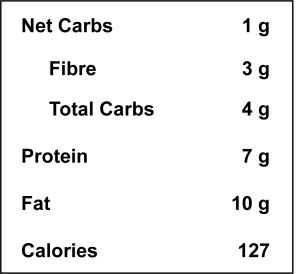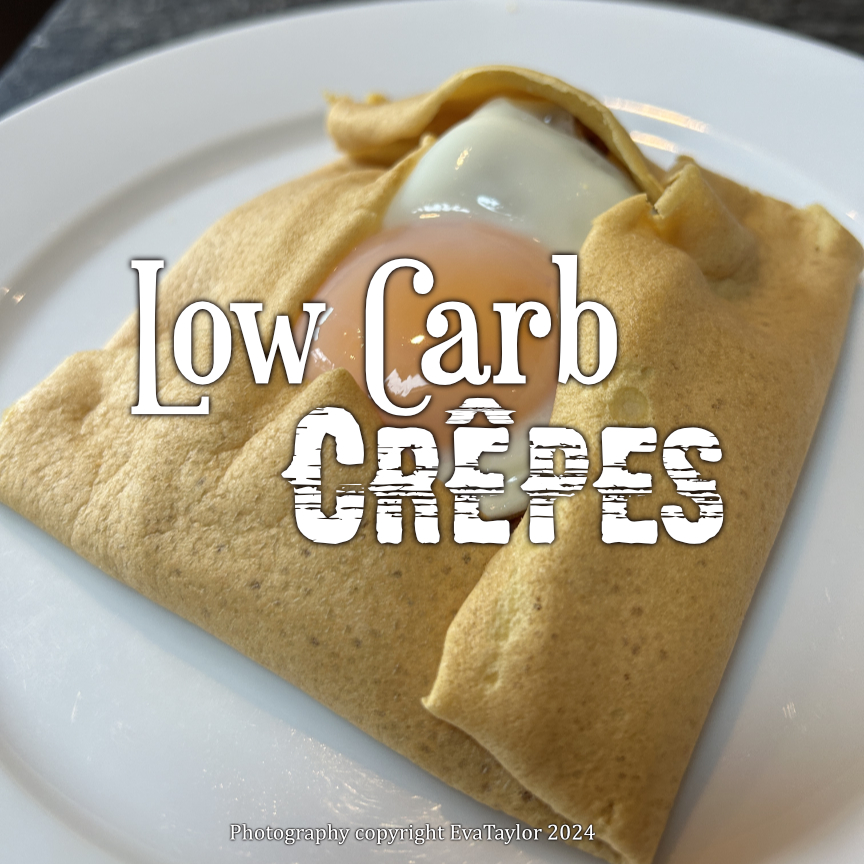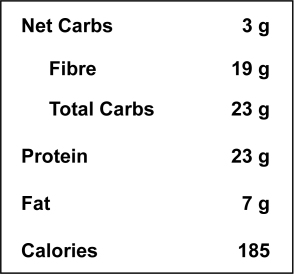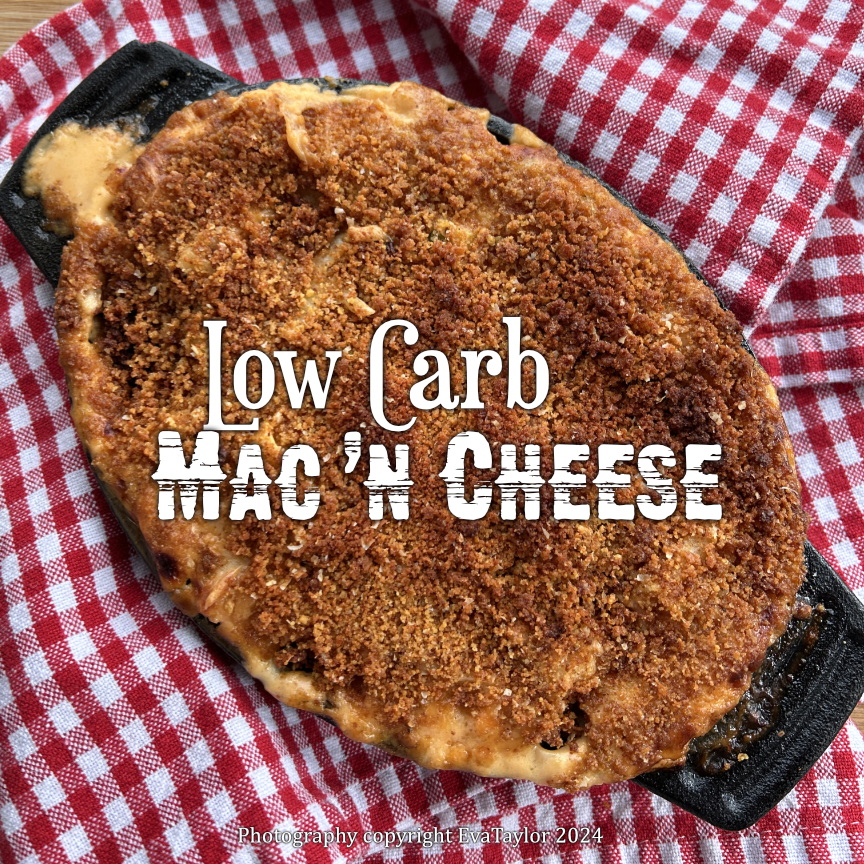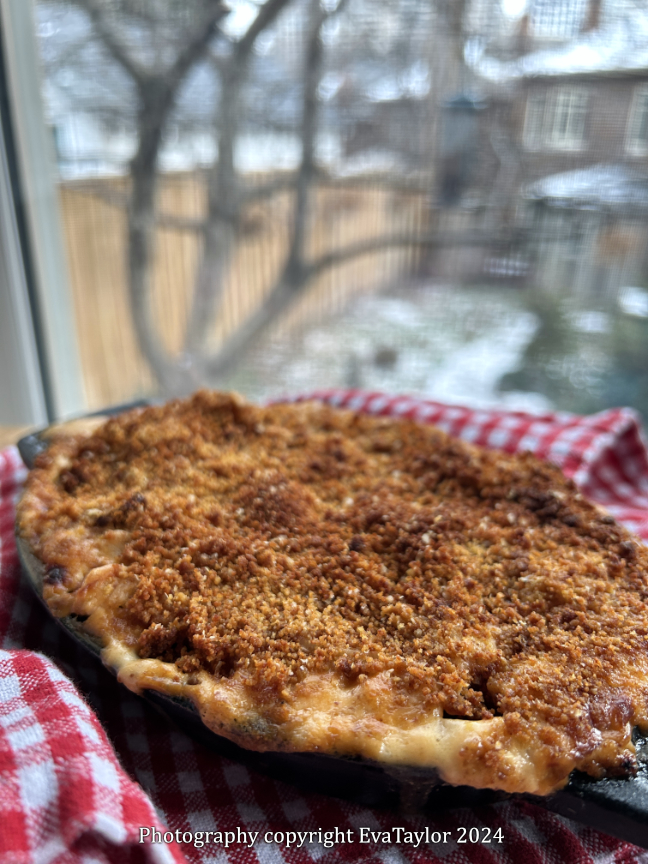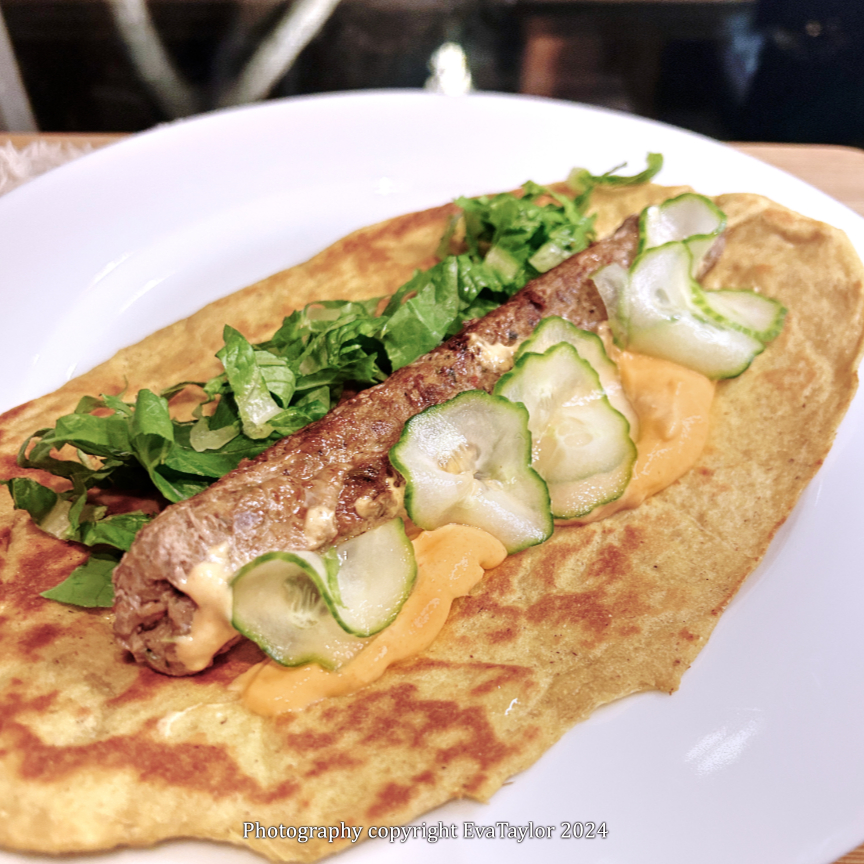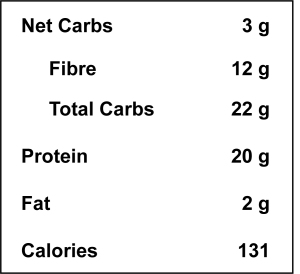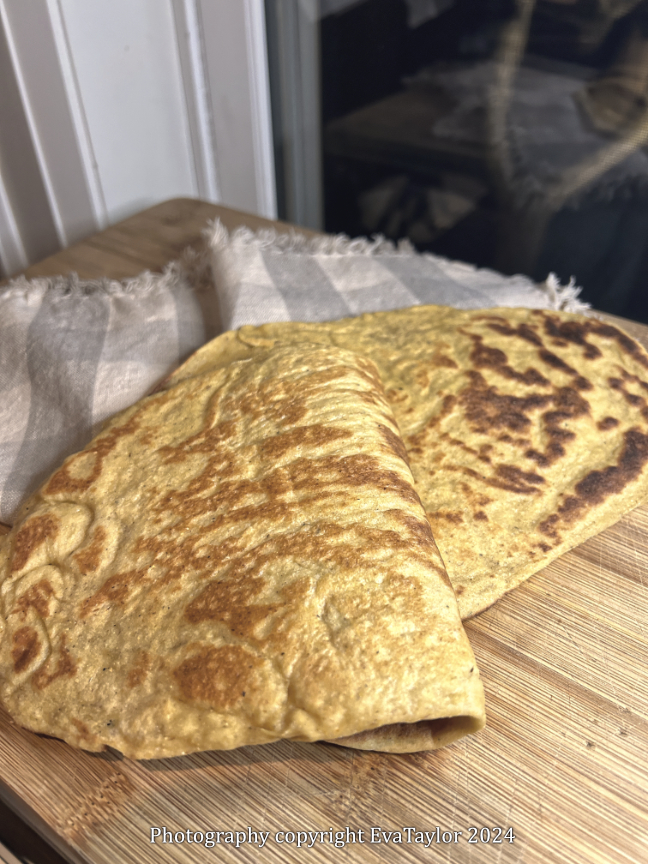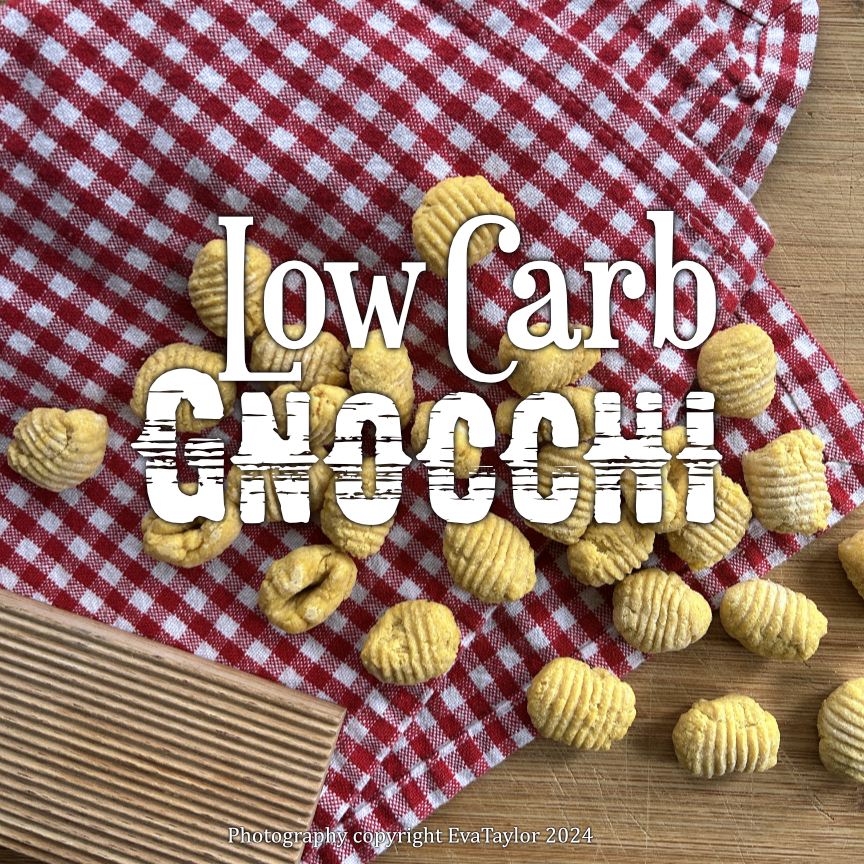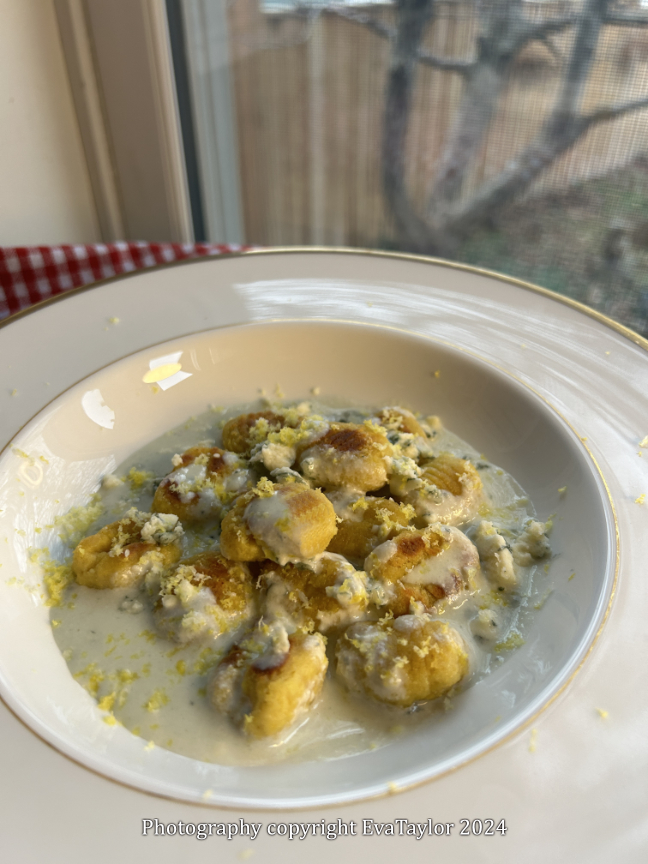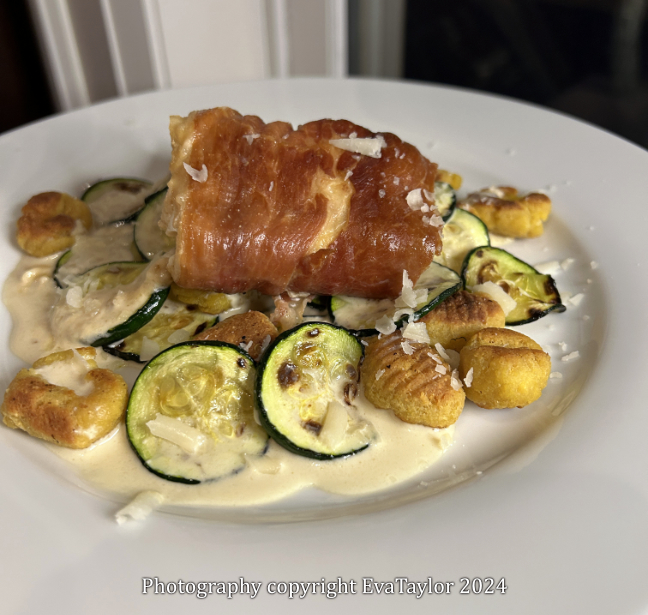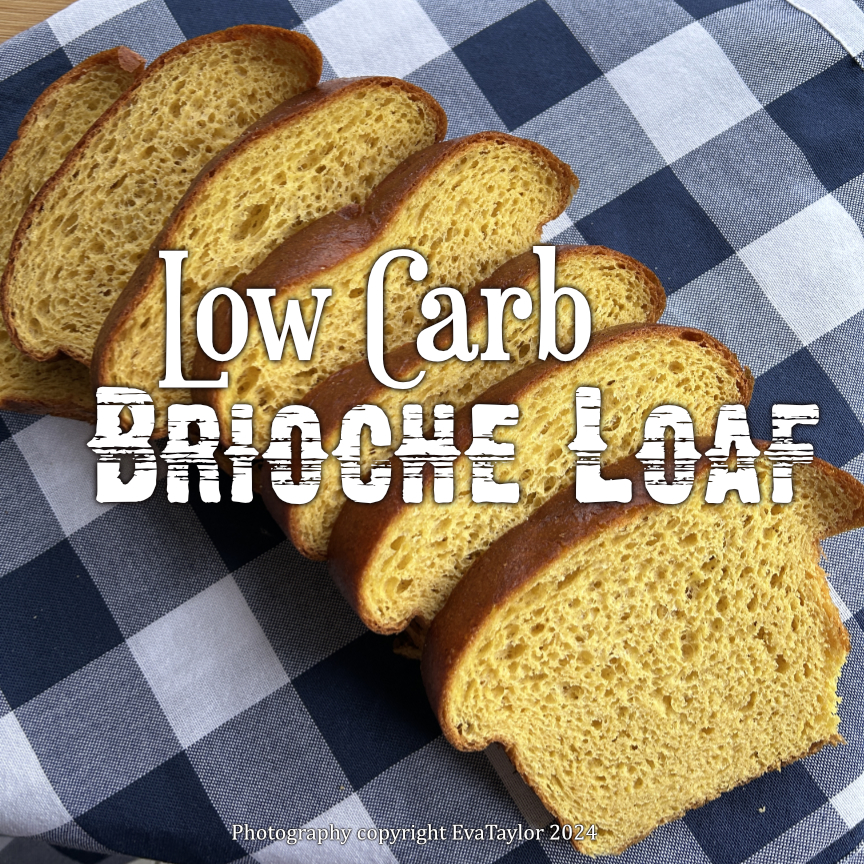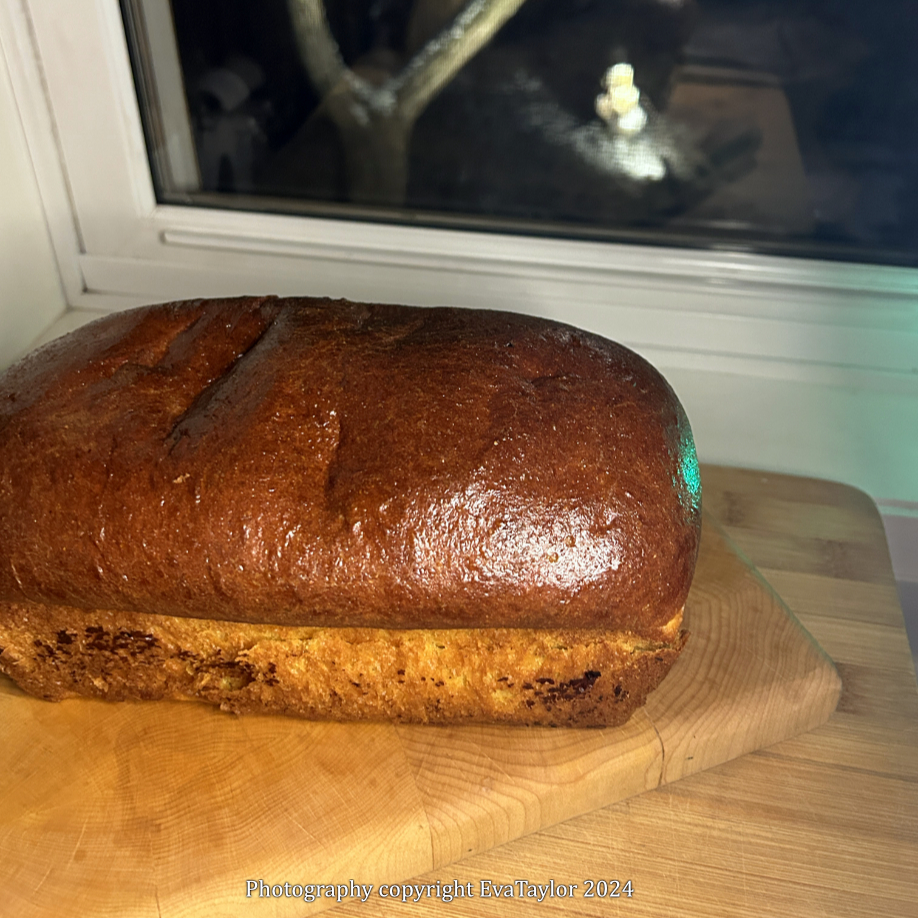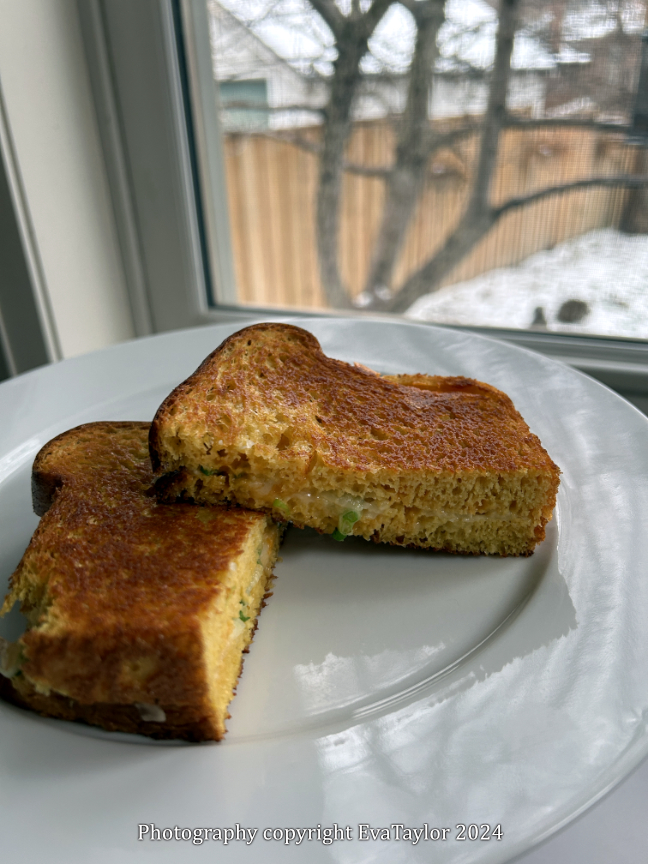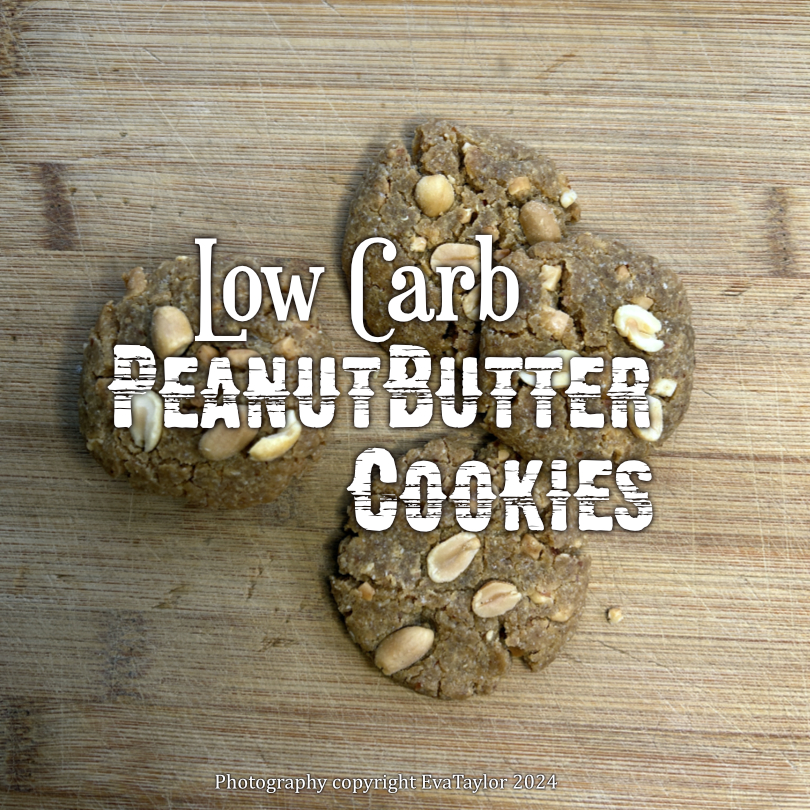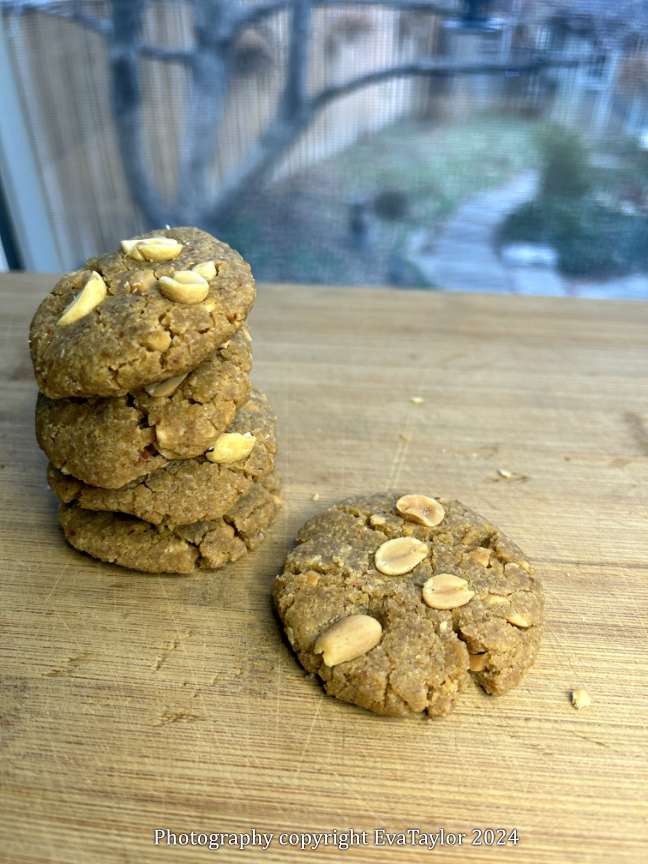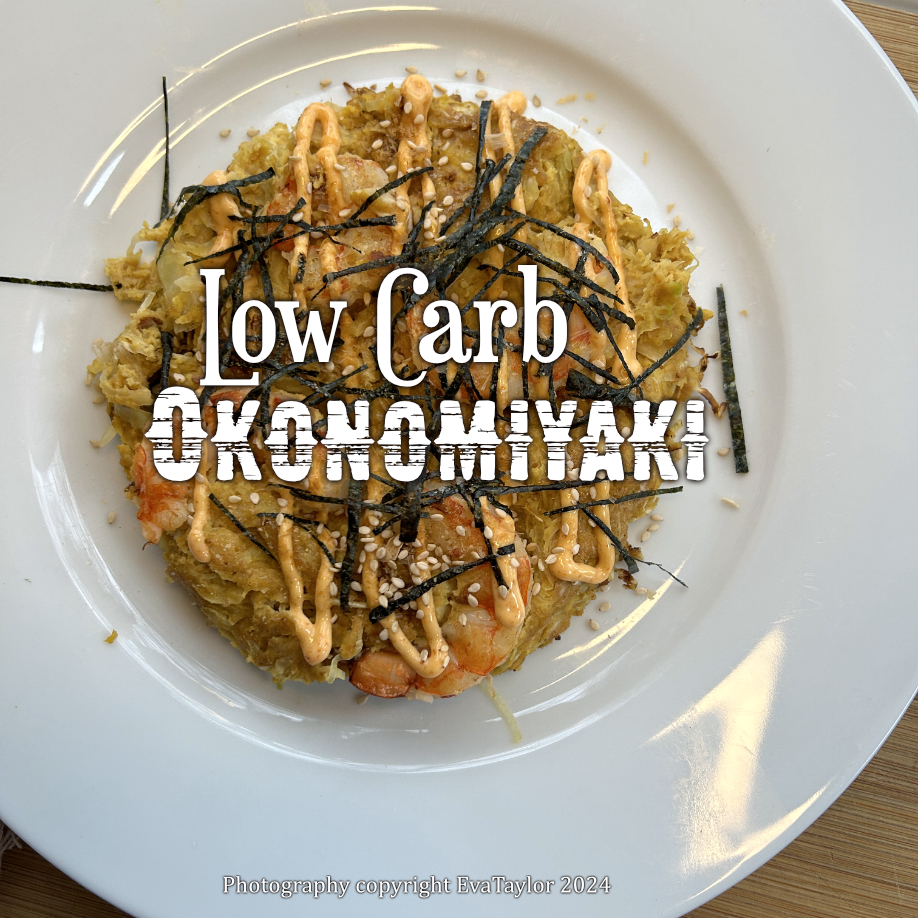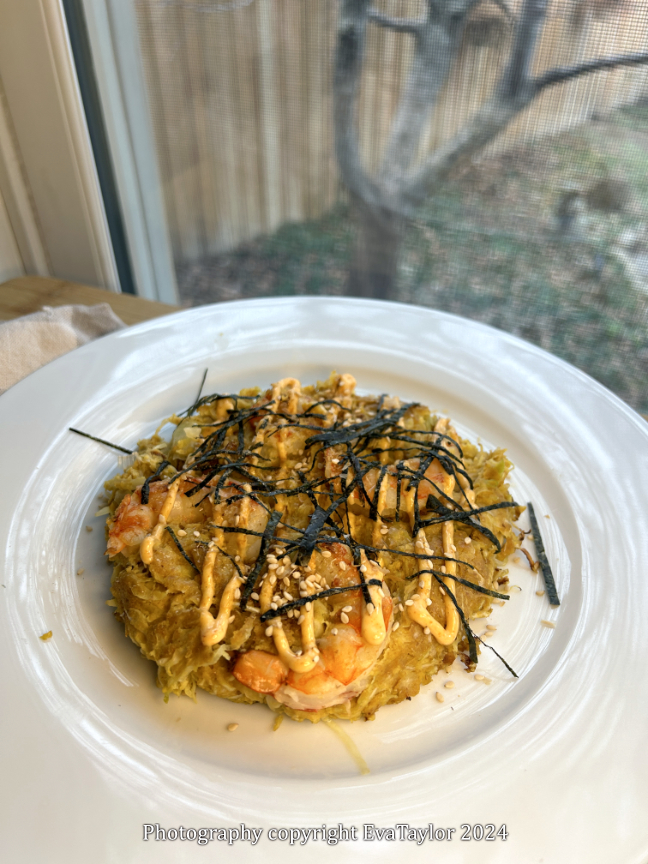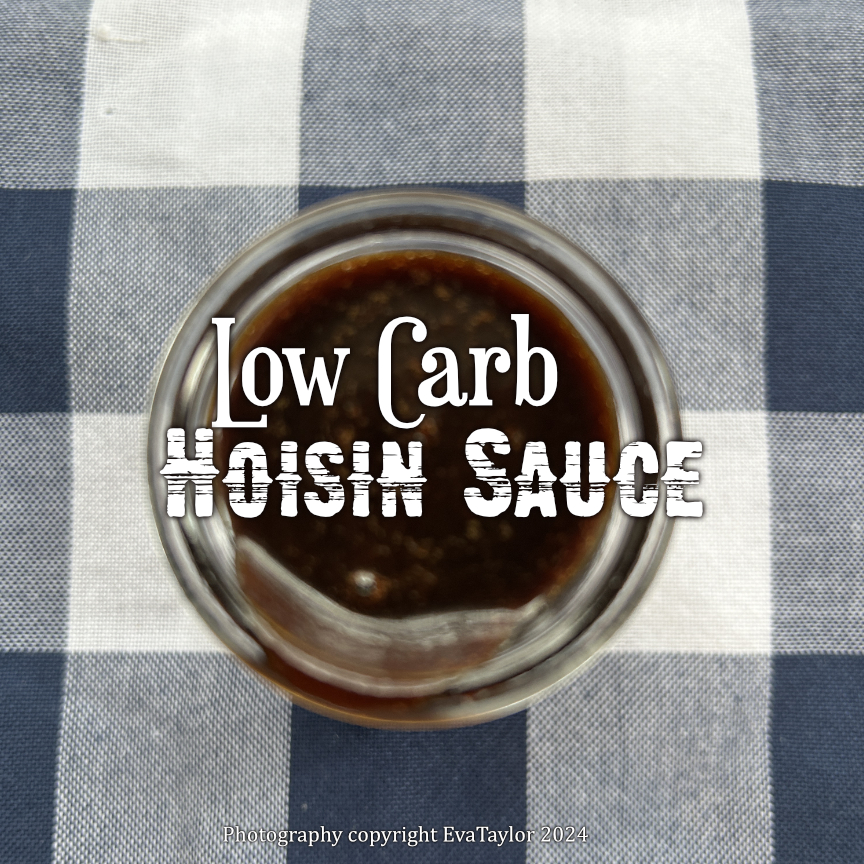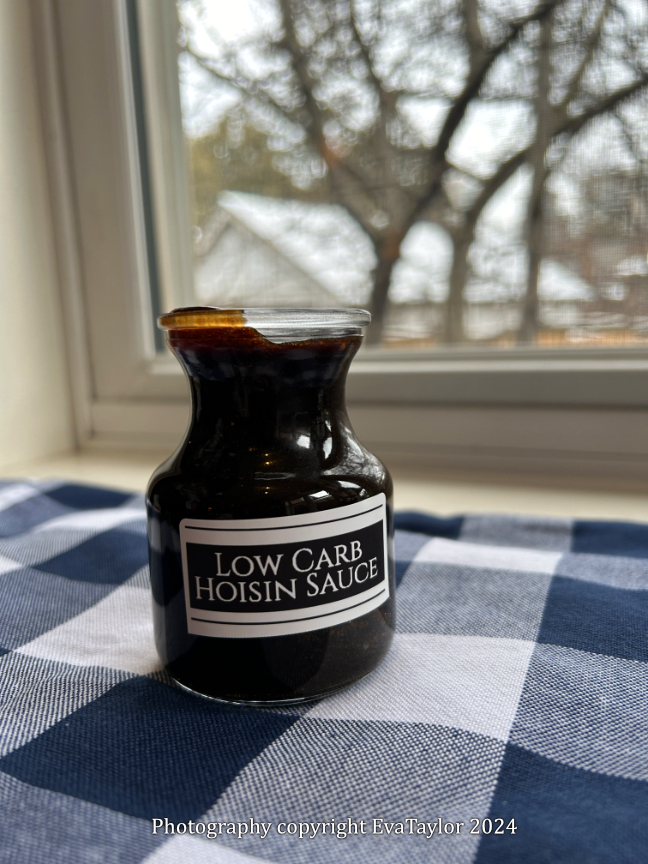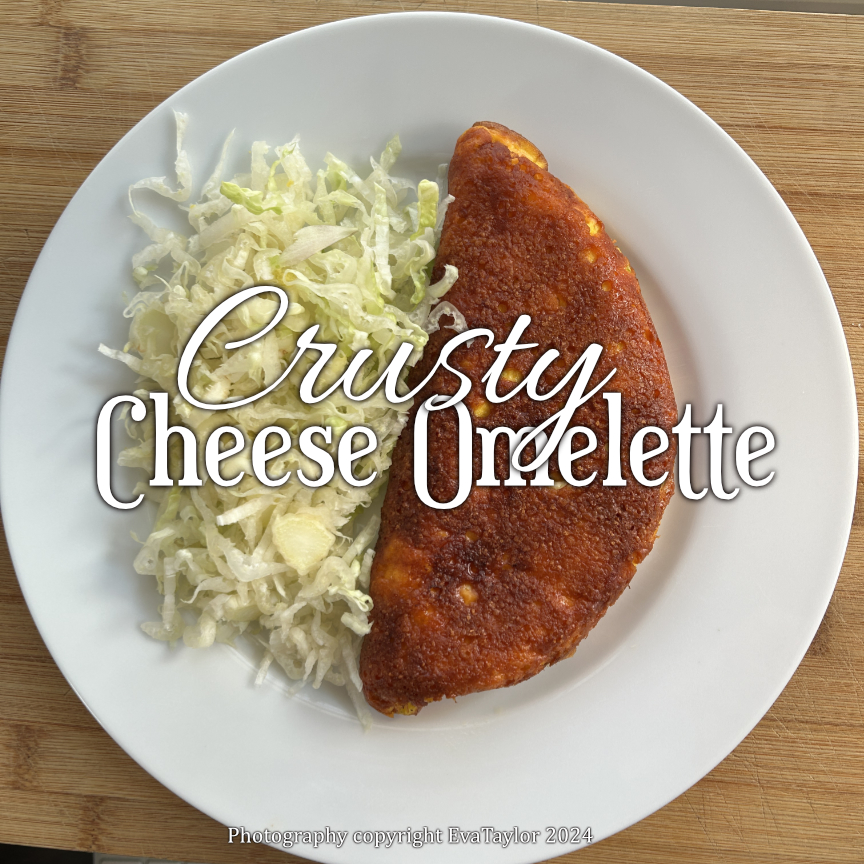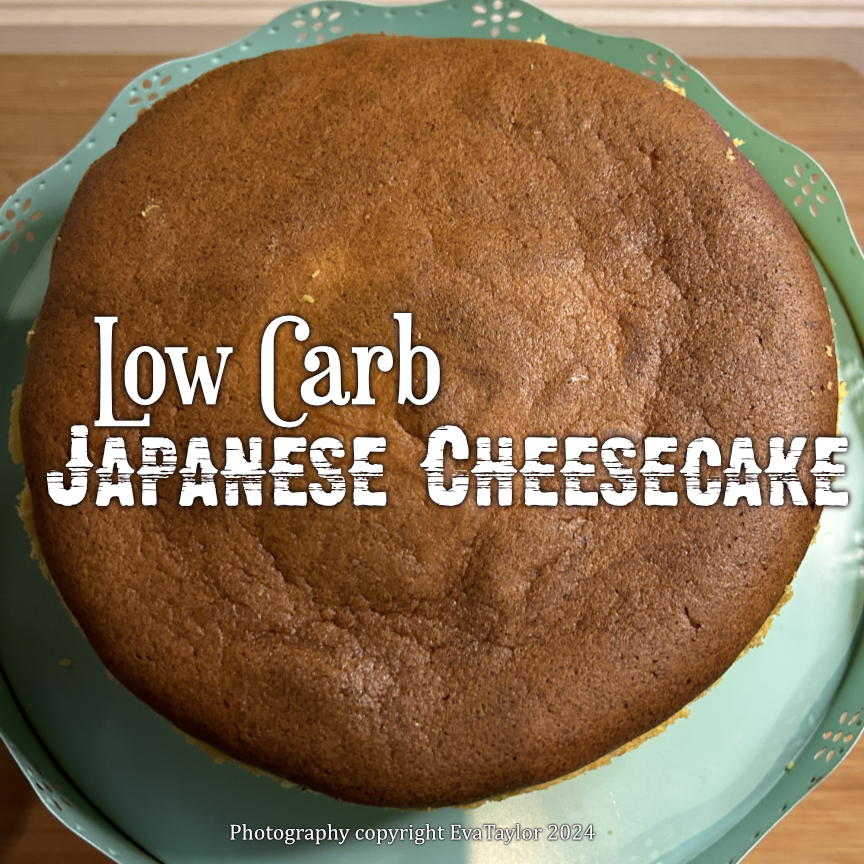
Some of you may have noticed that I haven’t been as present in the blogging sphere in February and March, and that is because we spent the month of February and some of March, wintering in Spain this year, and then we enjoyed some adventure. The first part of our trip was in La Carihuela in the Torremolinos neighbourhood of Malaga. We met up with friends for 6 days and soaked in the sunshine. Then, we rented a car and zipped off to my Cousin Lucy’s flat in San José where we spent three weeks, enjoying the sunshine. We had booked a couple of days in Alicante and then we zipped back to Malaga for 11 days, this time we rented a flat in the old centre of Malaga and visited with our friends and their friends, in La Carihuela. From Malaga, we flew to Istanbul, Turkey for a Viking Cruise to Greece. I will do a more detailed post on our Viking experience in the coming weeks. This was our first cruise in 38 years (our honeymoon was a cruise) ! After we landed in Athens, the culmination of our cruise, we flew to London for 4 days and then to Dublin for 3 days and arrived home for the last of winter weather on March 27. It was definitely a whirlwind trip with old friends and new friends and we hope to recreate it again in the coming year.
Unfortunately for us, Basque Cheesecake is from the Basque region in Spain, in the far north. Of course, you can find cheesecake everywhere in Spain, but is it authentic Basque Cheesecake? Basque Cheesecake is a slightly burnt, crustless cheesecake. Who needs crust on a cheesecake? I first made the crustless Basque Cheesecake in December 2022 and to be honest, I didn’t miss the crust. Yes, it does add texture but honestly, who needs (or wants) the extra calories? Plus, graham cracker crumbs of late are absolutely awful, they have a strong chemical odour which is definitely a downer for me. Next comes the Japanese Cheesecake. Japanese Cheesecake is also a crustless cheesecake but it is also a lot less dense than the Basque Cheesecake which for me is a plus. You could put a fruit couli on top for colour, but it doesn’t really need it. It’s quite lovely on its own.
Low-Carb Japanese Cheesecake
For the original recipe, please click here.
Makes 1 20 cm pan
Ingredients:
- unsalted butter (for greasing the pan and parchment paper)
- 150 g cream cheese
- 30 g unsalted butter
- 150 ml heavy (whipping) cream (¾ cup + 4 tsp, to be precise)
- 100 g Erythritol (for the cream cheese mixture)
- 3 large eggs
- 40 g cake flour (I used 20 g lupin flour 20 g vital wheat gluten)
- 1/4 lemon (for the zest)
- 15 ml lemon juice (from ½ large lemon)
Directions:
- Preheat the oven to 350° F. Prepare your springform pan by lining the bottom with parchment and then rubbing butter on the bottom and the sides. Line the bottom of the exterior with 2 layers of foil (to prevent water leaking into the cake because it will bake in a bain marie). Take a larger pan than the springform pan and fill it halfway with water. Place in the oven to warm.
- In the top bowl of a double boiler (or make-shift bain marie) place the cream cheese, butter, heavy cream, and sugar into the bowl and simmer over low heat until everything melts and is cohesive. Separate the eggs and set the egg whites aside in the refrigerator.
- Remove the bowl from the heat and whisk in the three egg yolks, one at a time until fully combined.
- Sift the flour into the cheese mixture and whisk until fully combined. Pour the mixture through a fine sieve pressing through as much as possible, discarding the larger bits. Set aside.
- Beat the egg whites into stiff but not dry peaks. Fold the beaten egg whites into the cheese mixture.
- Pour the mixture into the prepared pan. Turn the heat down to 325° F. Set the cheesecake mixture into the ban marie and bake for 70-75 minutes. Lower the temperature to 300° F for an additional 10 minutes to give the top a beautiful golden colour. Turn the heat off and open the door slightly. Allow the cheesecake to cool completely in the oven. The cheesecake will shrink and become denser as it cools.
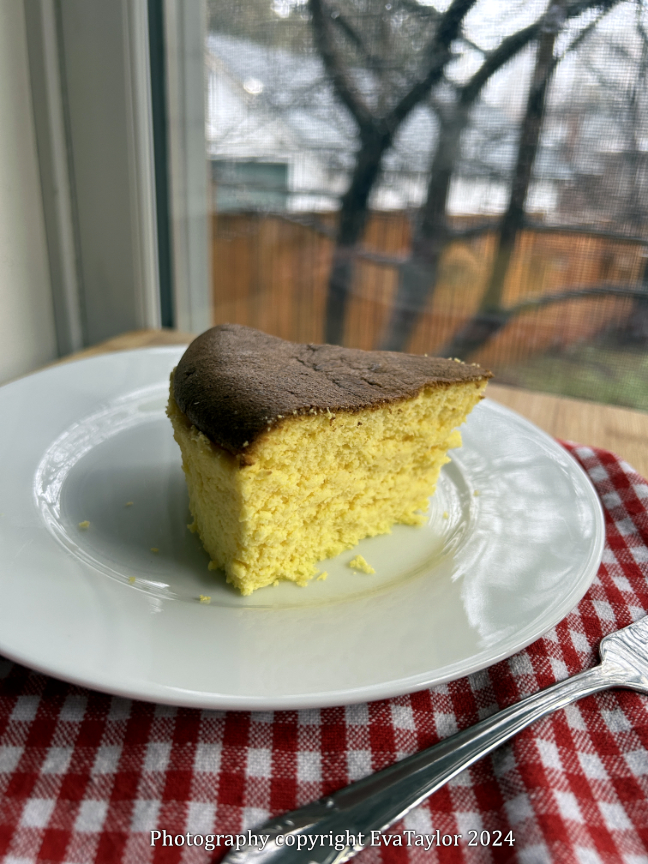
Read Full Post »


